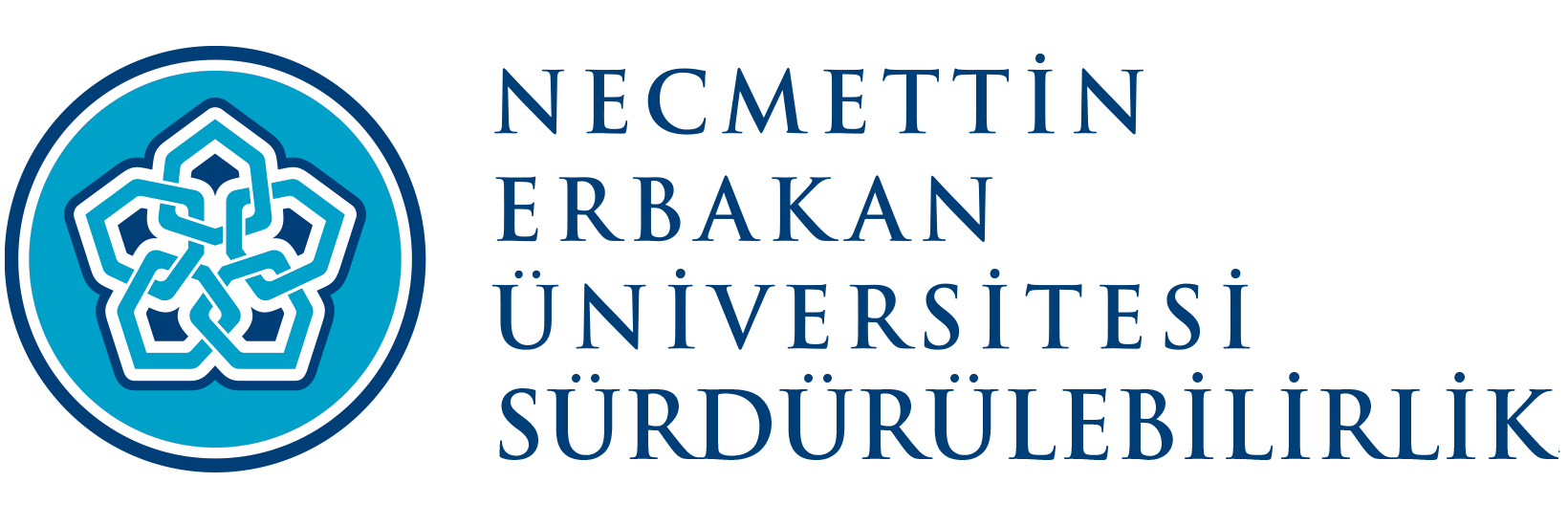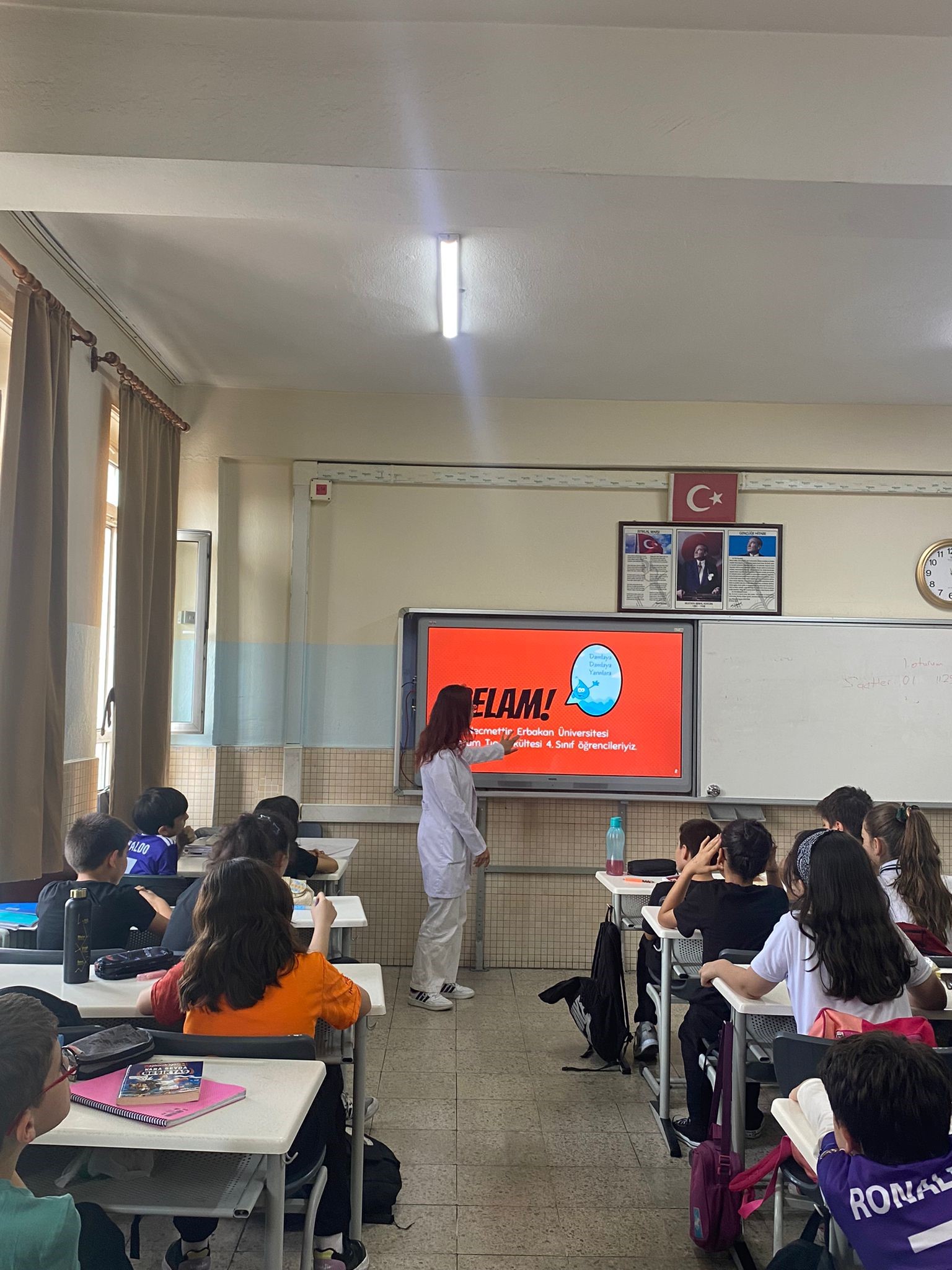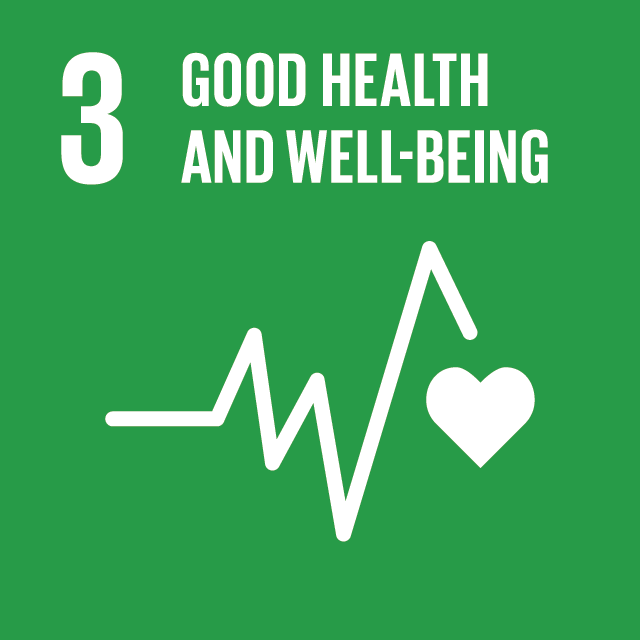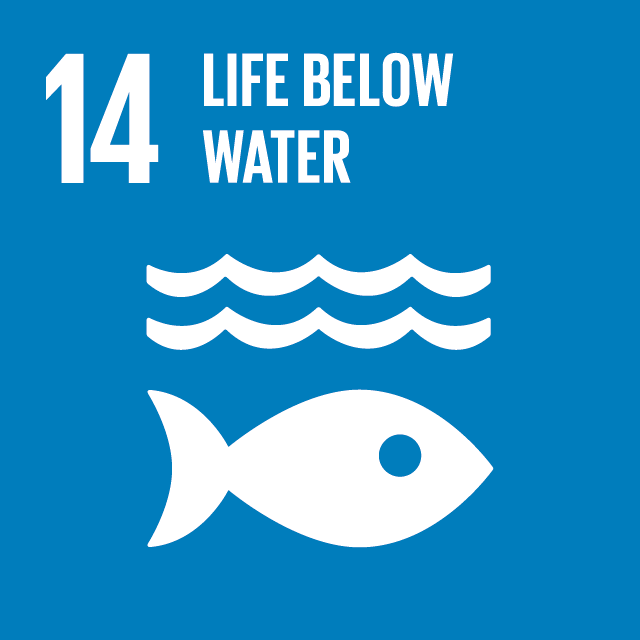
Drop By Drop To Tomorrow

| Date | 12.06.2024 |
| Department | School of Medicine |
| SDG |     |
Water is the only molecule that provides the connection between living and non-living life, from the molecular level to the global level, and makes the world unique. 1.3 billion people, corresponding to approximately 20% of the world's population, lack adequate drinking water, and 2.3 billion people long for healthy water. Some estimates show that more than 3 billion people will face water scarcity by 2025. In order to maintain clean water that we can inherit to future generations, it is important to use existing resources consciously, save water, prevent water pollution, and inform the society about the importance of water from an early age in order to make them aware of the importance of water. For these reasons, the aim of the social responsibility project called 'Drop by drop, to tomorrow' was to inform secondary school students about the importance of water. In the first stage of the two-stage project; Data was collected for the scientific study titled 'Evaluation of secondary school students' attitudes towards water'. Approval for the study was obtained from Necmettin Erbakan University (NEÜ) Non-Medical Device Research Ethics Committee (Decision no: 2023/4700) and permission was received from the National Education. By contacting the school determined by the national education, classes were determined with a random stratified sample from the 5th, 6th, 7th and 8th grades, and data was collected from approximately 360 students, taking into account the known population sample calculation. In the next stage, data analysis and article writing will be done. The second phase of the project is; It is an informative activity for fifth grade secondary school students called 'Drop by drop, into tomorrow'. Information was provided after the survey application. The importance of water was explained to fifth grade secondary school students in an interactive way with the presentation prepared by the researchers. In the term of the project, four medical faculty students attended classes in groups determined by the school administration in groups of two and made presentations using smart boards in a total of five classes simultaneously.